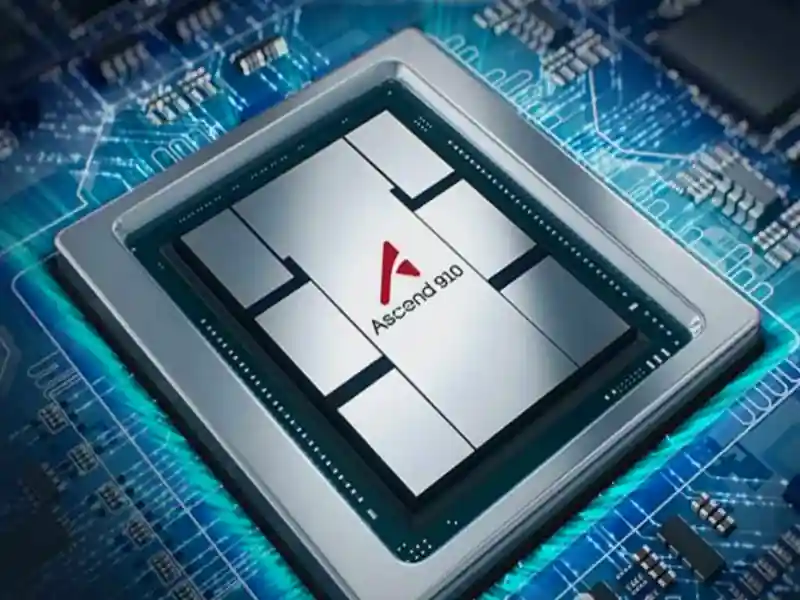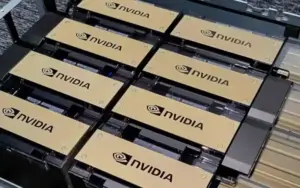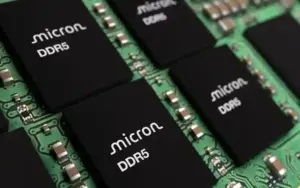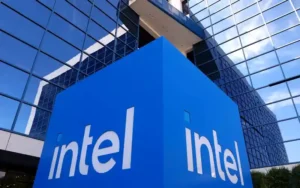Huawei Launches New AI System to Compete with Nvidia

- Huawei has unveiled its CloudMatrix 384 system, a powerful AI computing solution designed to compete with Nvidia’s top-tier offerings in the rapidly growing AI market.
Huawei Technologies has officially unveiled its new AI computing system, the CloudMatrix 384, at the World Artificial Intelligence Conference (WAIC) in Shanghai. The system, which has been the subject of significant industry buzz since its initial announcement in April, is seen as a direct competitor to Nvidia’s most advanced product, the GB200 NVL72. This move signals Huawei’s intent to increase its market share in China’s expanding artificial intelligence sector, despite ongoing U.S. export restrictions. The company’s demonstration at the three-day event drew a large crowd, highlighting the intense interest surrounding its latest AI innovations.
System Architecture and Performance
According to an analysis by semiconductor research group SemiAnalysis, the CloudMatrix 384 incorporates 384 of Huawei’s latest 910C chips. This configuration reportedly allows the system to surpass the performance of Nvidia’s GB200 NVL72 on certain metrics, which utilizes 72 B200 chips. The performance advantage is attributed to Huawei’s sophisticated system design capabilities. These innovations enable the company to compensate for any performance gaps in individual chips by using a higher quantity of them and focusing on high-speed, system-level interconnectivity.
Huawei states that the CloudMatrix 384 is built on a “supernode” architecture, which facilitates ultra-high-speed connections between the chips. This design is a key element of the system’s ability to handle large-scale AI workloads efficiently. The system is already operational, as confirmed by Huawei Cloud CEO Zhang Pingan, who announced in June that it was active on the company’s cloud platform. This rapid deployment demonstrates the company’s commitment to making its new technology available to its customers.
Market and Competitive Landscape
The launch of the CloudMatrix 384 places Huawei squarely in competition with Nvidia, the current leader in AI chip and system technology. Industry experts, including Dylan Patel of SemiAnalysis, have suggested that Huawei’s new system capabilities could potentially outperform Nvidia’s offerings. This perspective is supported by comments from Nvidia’s CEO, Jensen Huang, who noted in a Bloomberg interview that Huawei has been “moving quite fast” in the AI space and specifically mentioned the CloudMatrix as an example of its progress.
Huawei has become a central figure in China’s domestic chip supply chain, which is crucial for the country’s AI development. The company’s ability to innovate and deliver competitive products despite external pressures underscores its resilience and strategic importance within the Chinese technology ecosystem. The focus on developing advanced systems like the CloudMatrix 384 is part of a broader national effort to achieve technological self-sufficiency. This will likely have significant implications for the global AI hardware market in the coming years.
Additional Information
|









